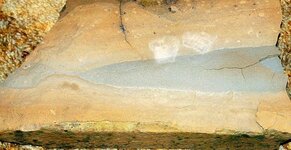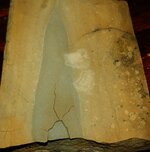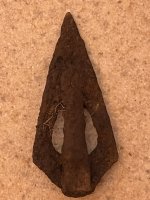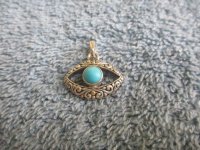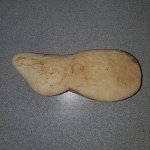Alchemy
Sr. Member
- Nov 30, 2006
- 339
- 73
- Detector(s) used
- Ace 150
- Primary Interest:
- All Treasure Hunting
First let me say it's been ages since I've posted. I come here quite a bit and lurk, read up and still love this place!
Ok, now to the strange stone. It looks man cut for sure, but why and what it was used for, I am clueless.
It's pretty small at 4 1/4" by 1 3/4". The thickest part is approximately an inch or so.
I thought before I take it to the rock and gems area, I thought I'd pick some brains here first!
Ok, now to the strange stone. It looks man cut for sure, but why and what it was used for, I am clueless.
It's pretty small at 4 1/4" by 1 3/4". The thickest part is approximately an inch or so.
I thought before I take it to the rock and gems area, I thought I'd pick some brains here first!



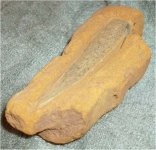
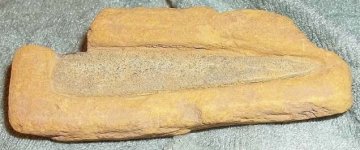
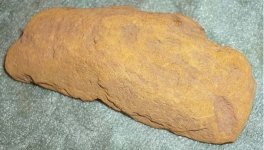
 Breezie
Breezie
